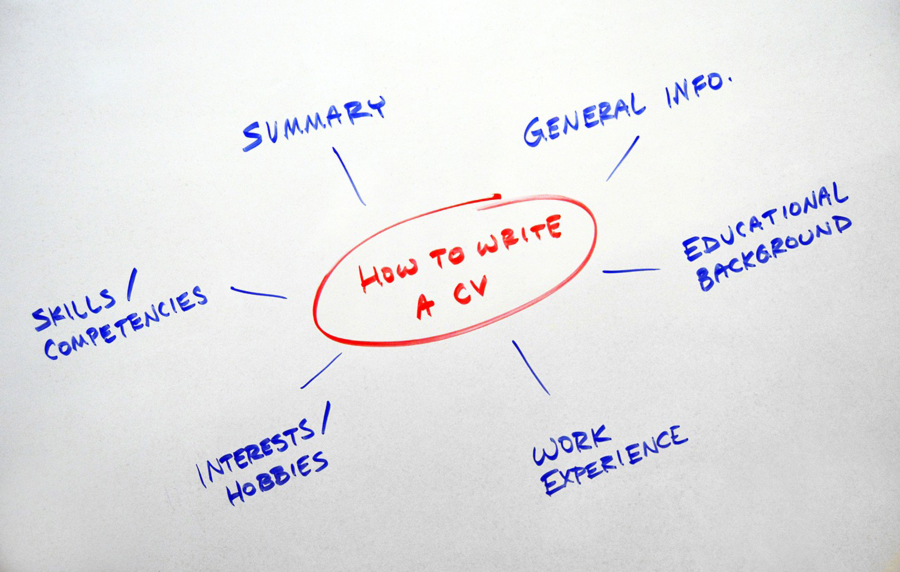With hundreds of applicants screened on a daily basis recruiters are always on the lookout for candidates who will be the perfect fit for the job. Here’s how to spot a stellar CV in less time than it takes to finish your morning brew…
First things first – check the format
A good applicant will be aware that their CV is their introduction to the company – so the CV needs to be as clear and readable as possible with name and contact details at the top of the page and employment history in reverse chronological order. The chosen font should be professional and easy on the eye and the number of pages should be limited to a maximum of three – any more and it’s a case of all filler no killer.
It’s all in the details…
You don’t need to read the entire document to recognise a great CV. A quick scan will turn up multiple spelling mistakes and poor sentence construction in only a paragraph or two. A top class CV will have been checked and re-checked for errors before submission.
Location, location, location
Start your selection process by checking the candidate’s address (if listed) to ensure they live within a commutable distance to the job they’re applying for. If the candidate is looking for a new experience – i.e to work in a new country – they should clearly demonstrate this in their introduction email.
Education
The candidate’s CV should clearly show their educational background; including college or university, qualification and year.
You gotta role with it
If the candidate’s last two roles aren’t relevant to the job you are recruiting for, there may not be any point reading further as any experience gained beyond this time may be too long time ago for it to matter. Also, the most recent roles should be the most comprehensive in terms in content, too, detailing responsibilities and achievements.
Continuity is king
Gaps of over six months in employment are often a warning sign; a good CV won’t have any appreciable career gaps (traveling or maternity leave notwithstanding). Also, having more than three jobs in a 12-month period can often be a red flag when you’re looking at a long-term prospect.

